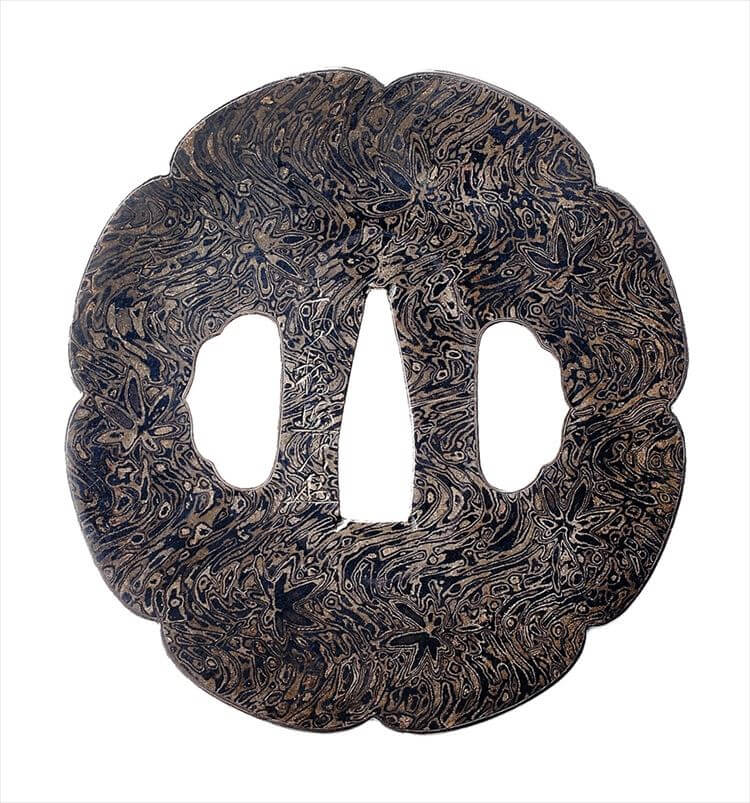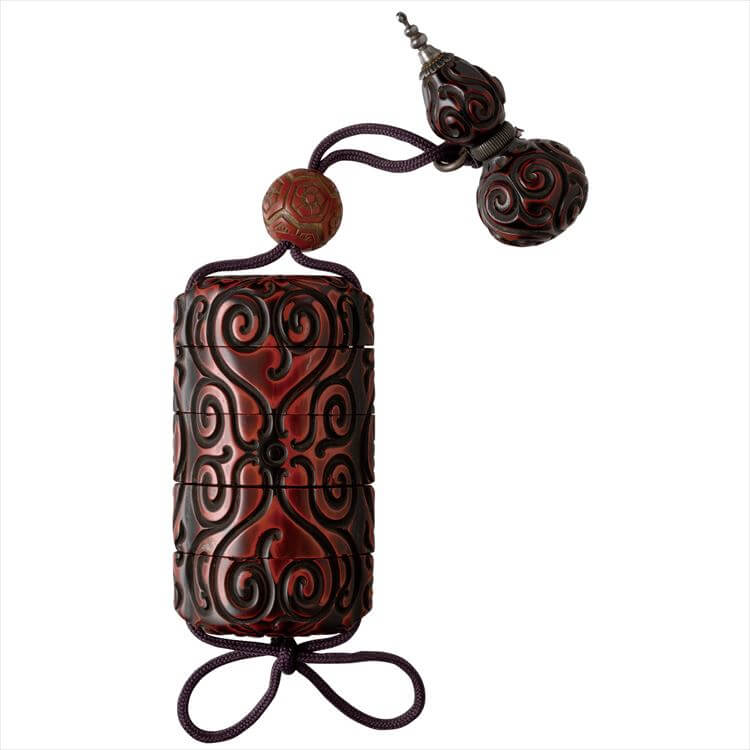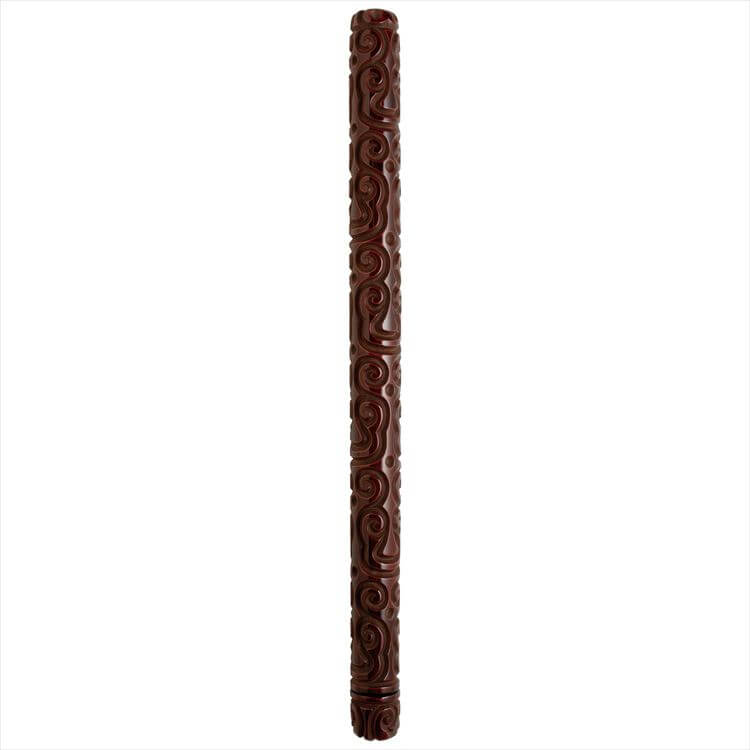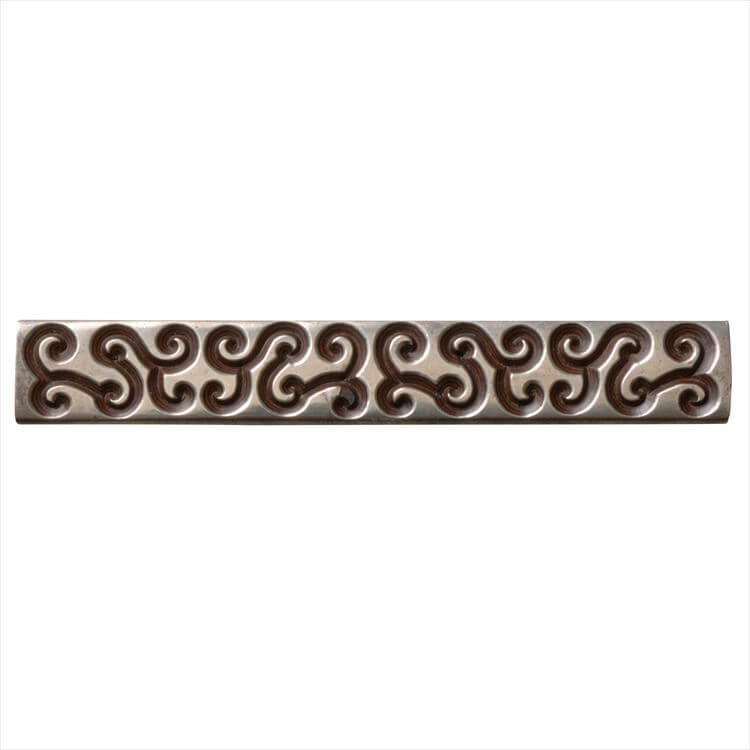Tsuba
In the Edo period, when warfare became less frequent and peace prevailed, the sword developed more as an accessory than as a tool for fighting. The sword, a symbol of the samurai spirit, became an item to express one's individuality, and decorative techniques such as "mokume gane" were greatly developed through the production of tsuba (sword guards) to protect the hand holding the sword.
Take a look at other works







































